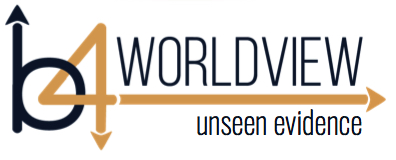
Key Thought for this session:
“Without the context of a bigger stage, BEING TRUE TO SELF is a flattering allegiance to bias and voices of deception.”
Authorities in psychology have found behavior to be a result of several steps people go through to construct a response to what they experience. A person’s unique core characteristics are what lies beneath in shaping each stage of the process, like a computer’s data base and operating system.
The three steps that determine what we do in response to events in our life are
1. Perceive
2. Interpret
3. Select
Let’s spend some time exploring how our worldview is influenced by each step. Let’s start with perception, which deals with the information we take in from an experience.
What do you see? It’s not always easy to agree on what we see.
To help us get a good sense of perception, let’s do a little exercise.”
What do you see? Did you see the person and the tree or did you see arms, legs, hair, eyes, smile, roots, trunk, limbs and leaves? I generally see the eyes and leaves first but some people will see the whole person or tree, or maybe see other parts like the arms, legs, and branches. The question is “what catches your eye?” and it’s not the same for everyone and maybe even not the same for you in every situation.
Let’s imagine there’s someone running down the road.
What do you see? While everyone may say they see a runner, but one person sees someone running to lose weight, another sees someone needing to improve their cardio system, yet another observer sees someone who wants to look better, but wait, still another sees someone running to escape an attacker.
It’s not what we see that matters, but what we see it is.
This statement is short, but not so simple. It is referring to the notion of “see” in two ways. The first is what we take in with our eyes. The second idea of “see” is what we perceive. What determines what you see are the perceptual filters built into your data base and operating system (your brain).